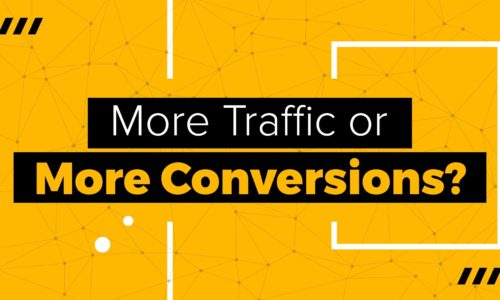There are many factors to be considered in achieving a high performance website that generates results. An obvious measure of the way your site performs is the number of visitors it receives from seach engines like Google and this is closely related to how effective your search engine optimisation (SEO) is.
Search engine optimisation is the process of making your site as visible and relevant as possible – the better your SEO the higher your site will rank in search engine results when people search for the products and services you offer}. Here are 5 steps to a more search engine friendly website:
1. Optimise Your Graphics
Search engines do not recognize the content of graphics (even graphics with text and Flash graphics). Therefore, if your pages are image-heavy, the search engines are missing out on a lot of what makes your site relevant to site visitors. Optimize all of your graphics by adding descriptive alt tags.
Google’s official stance is:
[blockquote align=”none”]Some of you have asked about the difference between the “alt” and “title” attributes. According to the W3C recommendations, the “alt” attribute specifies an alternate text for user agents that cannot display images, forms or applets. The “title” attribute is a bit different: it “offers advisory information about the element for which it is set.” As the Googlebot does not see the images directly, we generally concentrate on the information provided in the “alt” attribute. Feel free to supplement the “alt” attribute with “title” and other attributes if they provide value to your users![/blockquote]
Also, particularly if you have a lot of graphics on one page, try to minimise the file sizes to reduce the page load speed. Google in particular is very concerned with user experience and long page load times are a negative factor.
2. High Quality Content
When search engines “crawl” your site, they analyse the content in a way that enables them to determine the relevance of your pages. Therefore, if you want your site to rank highly for searches related to your business, your content should be well-written and targeted to your audience.
Again, poor quality content means poor user experience and as a result a lower ranking in the search results.
3. Identify Keywords That Potential Customers Are Using
Keywords and keyword phrases are terms that web users might use to query a search engine for your business product or service. In addition to loading your content with high-quality keywords, you should also use relevant keywords when titling your pages and writing your page descriptions and headers. Use an online service like Google’s free keyword tool to find keywords that may be most effective for your purposes.
Be very careful to not “keyword stuff” your content. Including your keyword in every sentence or two is unnatural and an obvious attempt at tricking the search engines. Instead write for the human reader, include your main keyword in the title, first paragraph (ideally first sentence) and last paragraph. Increase the content’s relevance to the main keyword by including related secondary keywords and synonyms.
4. An SEO-Friendly URL
Your site’s URL should be short, concise, and descriptive of your business brand. It is a good idea to use relevant keyword phrases in your URL, to make it as SEO-friendly as possible, e.g. mybusiness.com/keyword-5-tips
5. Site Structure
Search engines need your help in identifying relevant content on your site. One of the best ways to do that is to structure your site in a way that flows and is easy to follow from page to page. Including links from within your content to other pages on your site that are relevant helps the search engines find all your pages as well as making it easier for search engines to crawl your site. Your sitemap should make sense logically, and should efficiently lead to any and every pertinent page of your website.
When it comes to building your brand, your website is one of your most powerful tools. Whether you are building a new site or optimising an existing site these five factors are critical to the long term success of your site.
To get it right it is worth investing in a consultation with an agency that has SEO professionals and web designers working together. Thinking that your average website designer is skilled in search engine optimisation is a mistake that people only realise when they see poor results being generated from their website.
If you are looking for better results from your business’ online presence then why not get in touch with us










